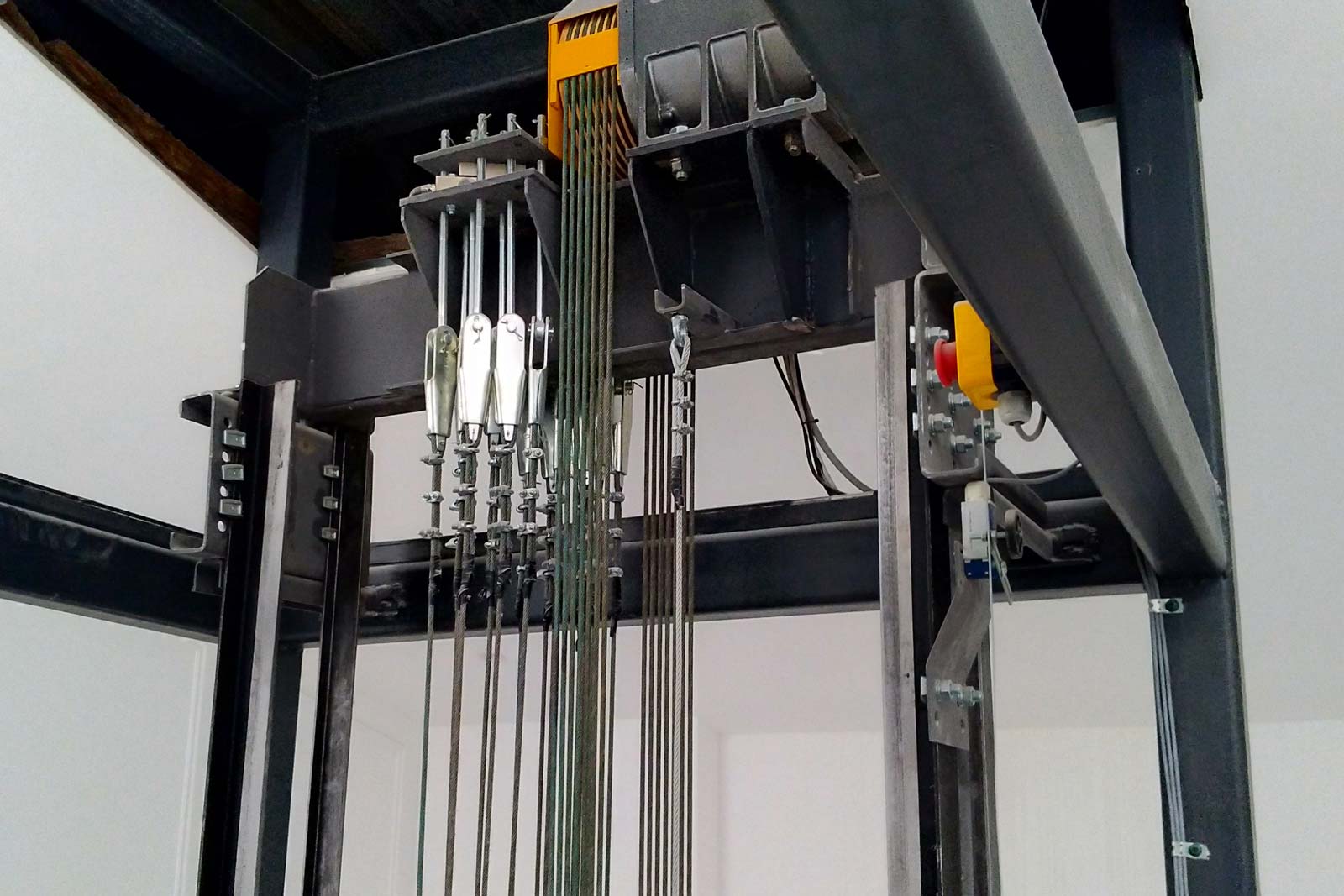Technology Upgradation and Safety – A Few Grey Areas
Dec 4, 2023

Upgradation is a continuous process, and innovation should remain a priority.
In line with all-around developments in various fields, elevator technology is also getting upgraded from time to time. In the case of elevators where human beings are transported from one level to another, the safety of passengers is always at the center of technological upgradation. If your elevator is more than 15 years old, then you must plan for necessary upgradation. AI and remote monitoring have made elevator travel safer, more reliable and more comfortable.
AI plays a great role in elevator services, which include generating advanced information about possible component failure, rope condition and failure possibilities, variations or changes in traffic conditions and required preventive maintenance inputs. Getting this information well in advance helps technicians take timely corrective measures and, ultimately, reduce breakdowns, failures and accidents. In turn, it increases the overall reliability of the system and its working life. This is all possible with technological upgradation of elevator systems.
Repeat problems detected in a particular area, circuit or with any component can be noticed by the controller through AI and communicated to the service department, so technicians can take corrective action in time, reducing breakdowns and increasing the reliability and safety of the system.
Most elevator accidents that we come across are because of component failure, system failure, a wrong approach or lack of awareness. The issue of possible component or system failure can be well-addressed using AI and technological upgradation, but the wrong approach or lack of awareness remains unanswered. We need to work to protect users’ lives from wrong approaches or lack of awareness during any failure.
But even with technological developments, we come across frequent news of accidents and passenger deaths. In the last eight months, from January 1 to August 31, there were 28 fatal accidents throughout the country, in which 23 deaths and 34 serious injuries were reported in the media. Still, there are some grey areas where our industry experts and researchers need to study and work out some permanent feasible solutions.
Elevator rope or pulley failure needs to be studied and advanced failure detection systems worked out.
A few grey areas are explained here for the interest of our industry researchers:
- Elevator rope or pulley failure is very common and leads to free fall, which sometimes results in loss of passenger lives. We need to study these failures and work out some advanced failure detection systems. We need to think about the reason for rope slippage like pulley groove condition, rope diameter reduction, rope lubrication and rope friction. This can help reduce accidents due to free fall, which accounts for most accidents.
- Overheating of the hoist motor-Gear can also result in failures. There are several reasons for hoist motor Gear overheating, including contaminated lubricating oil, low oil level, blockage of oil path, bearing alignment, gear-motor alignment, brake alignment, insufficient air circulation in the machine room and maybe a few more. Installing a sensitive thermostat inside the hoist motor can help detect the increase in motor temperature, ultimately resulting in a reduction in motor failure. We can also plan and work out to check the various activities like oil temperature, contamination, oil level, oil circulation, bearing temperature, machine room temperature, etc., so the failure possibilities can be detected well in advance.
- For brake failures, we do not have any sensor that can detect improper closing of brakes, insufficient brake holding pressure or wearing out of brake liners.
- Overshooting of the elevator cabin is not an issue as there is enough protection against overshoot. The panic created because of overshoot or wrong procedure adopted for rescue operations leads to physical losses to the passengers who try to intervene.
If the reason for overshoot is detected well in advance using technology and timely corrective action is initiated, we can control the accidents due to overshoot. If an audio-visual warning message is initiated on detection of free fall, the passengers inside the cabin will be informed of the failure and can follow the instructions being announced. This can safeguard passengers’ lives during free fall.
These are the areas where our researchers need to discover possible ways and means to minimize physical harm to passengers during any elevator accident. It is a known fact that most of the accidents are reported by low-budget customers where cost is always the main deciding factor. The elevators installed by such customers will not have advanced technology and features. At the same time, the equipment will be maintained by small unorganized vendors.
Sometimes, elevators are supplied by a well-reputed manufacturer and have all the required updated features, but when it comes to the service contract, users prefer to go for a low-cost vendor. This is very common in low-budget housing. We need to think of a practical solution where the interest of users is upheld without compromising on technology and safety. If safety awareness messages are wired on TV channels by government agencies like the Lift Inspectorate, the National Safety Council or the elevator industry, these communications will have a long-lasting effect on the users.
Get more of Elevator World. Sign up for our free e-newsletter.










